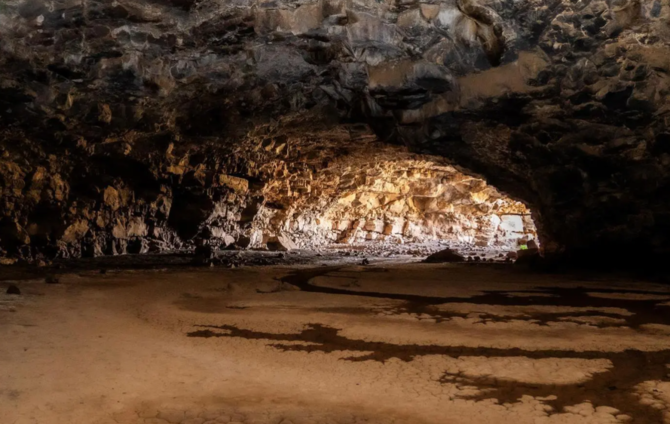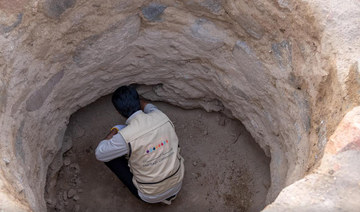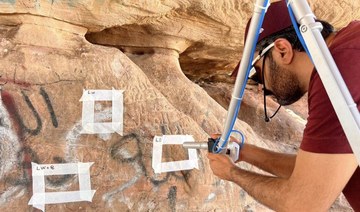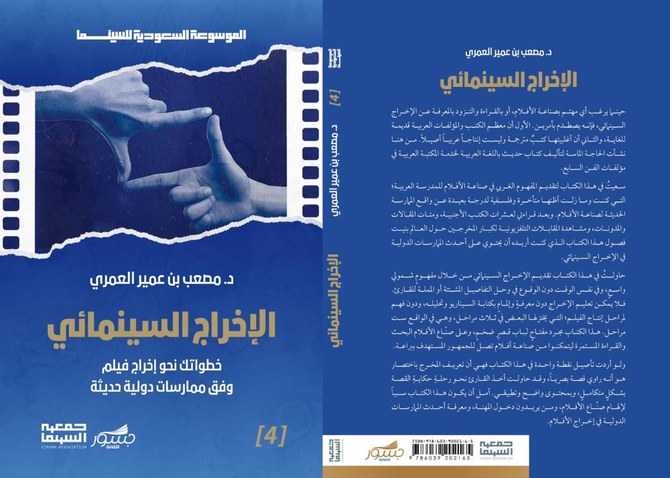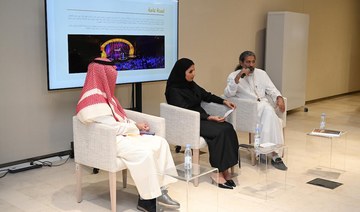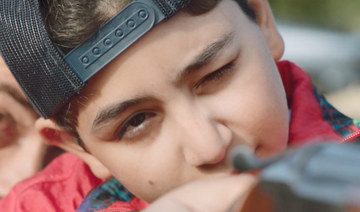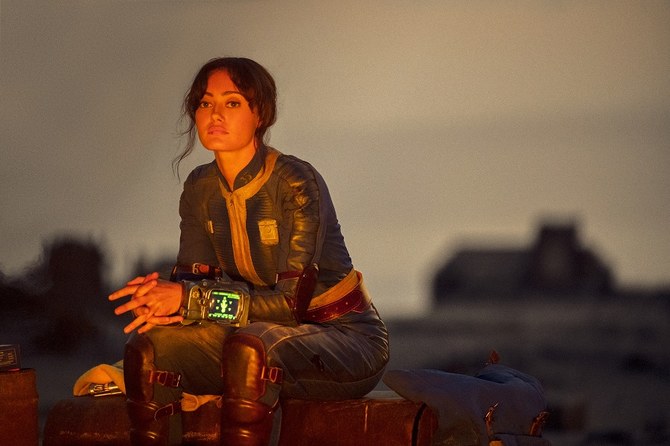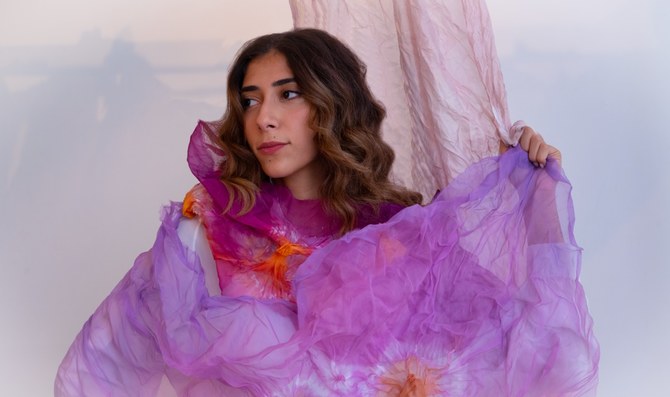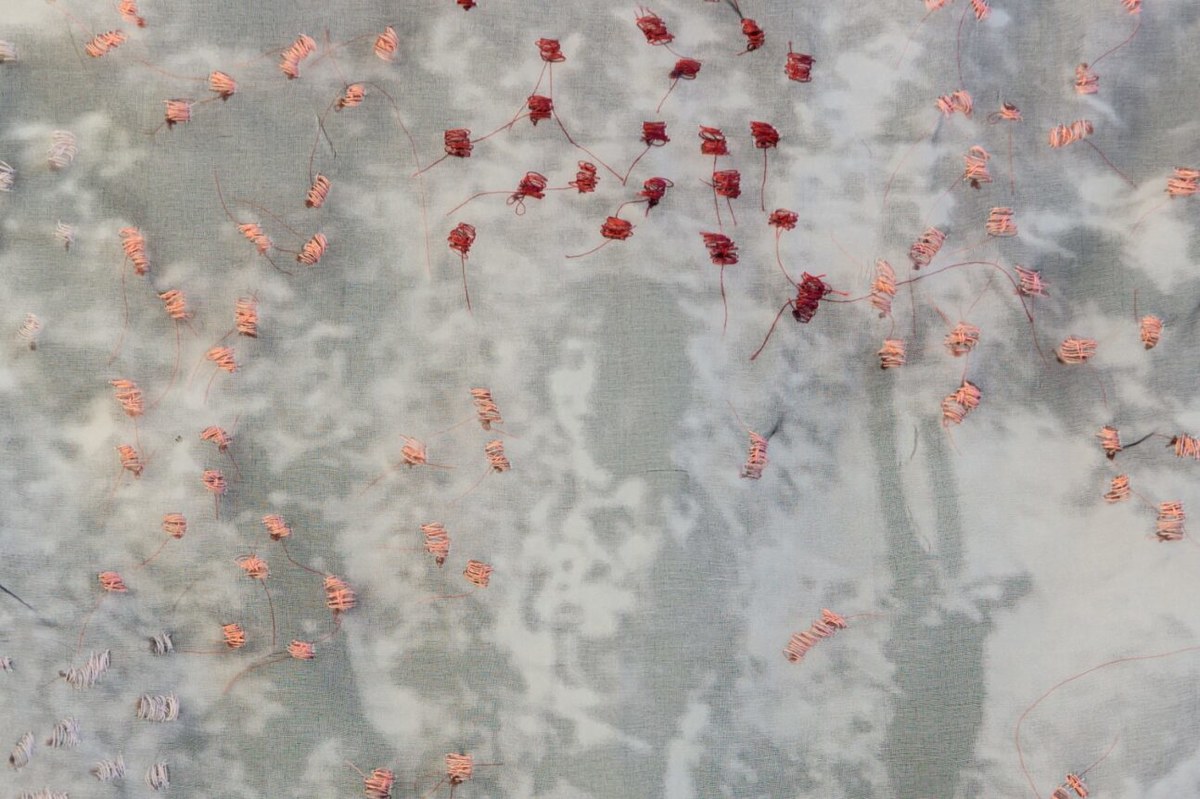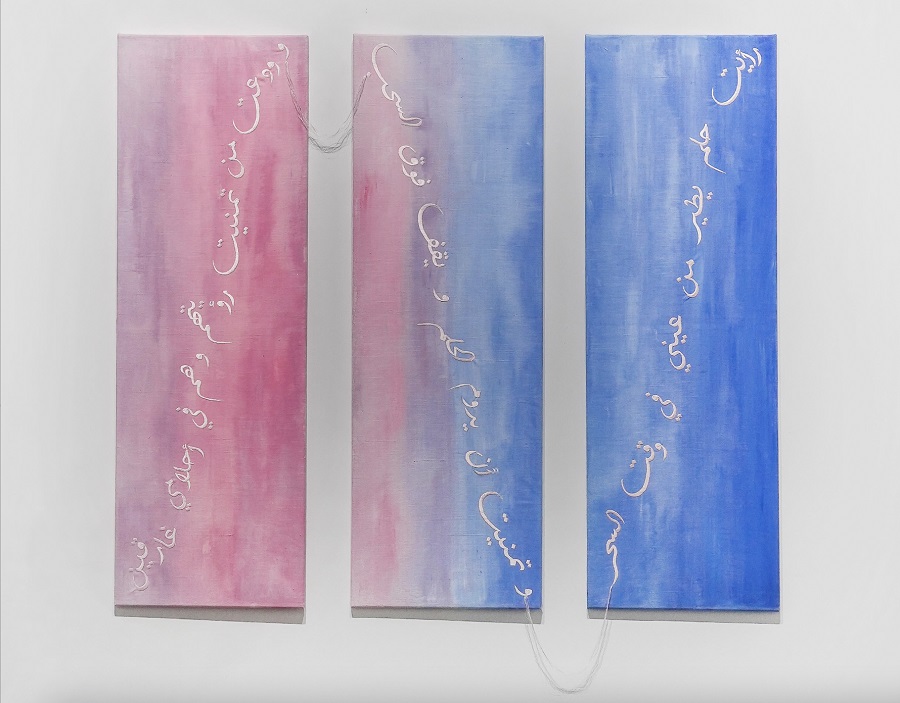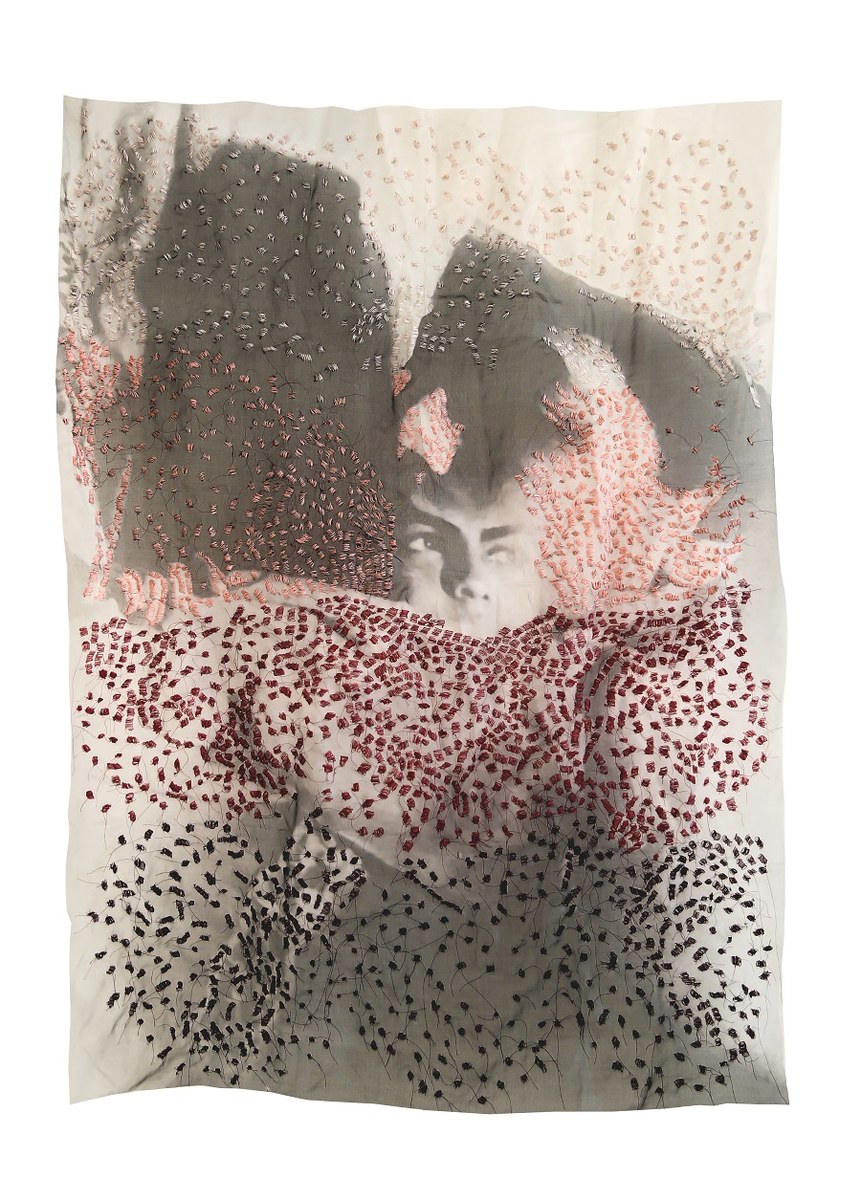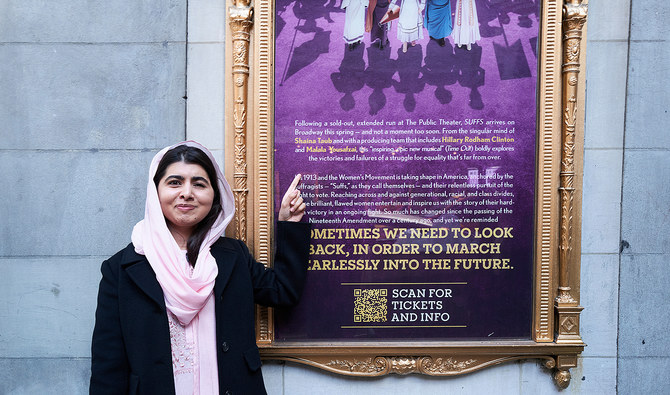Art is for the soul what food is for the body. Yet it’s a fact that artists all over the world struggle to make a living out of their creations.
This is especially so in the Middle East, where it’s rare to find a family willing to support their child’s artistic endeavors, since more academic careers tend to take priority.
But two sisters in Egypt are aiming to change that particular mindset. Enter More Of, a startup focusing on the arts, helping those in relevant fields make a living out of it.
“It all started three years ago. My sister and I used to study theater and marketing, so we both had artistic and entrepreneurial sides,” said Sara Seif, co-founder and CEO of the startup.
“We were always surrounded by artists, and we always saw the struggle they faced, with so many talents out there and so little revenue. The artists can’t monetize their art, and it’s not because they’re not good. It’s because they don’t have the business skill set.”
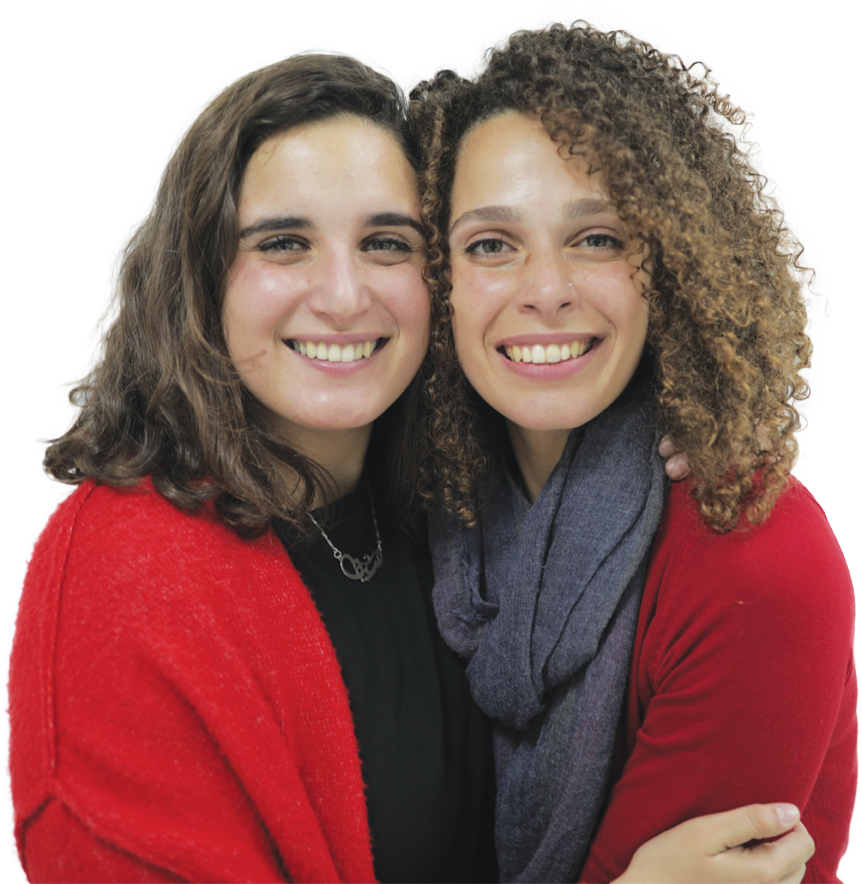
Sara and Hania Seif want to introduce a entrepreneurial mentality into the world of art. (Supplied)
It wasn’t until Sara stumbled on an Injaz Egypt startup competition — just 12 hours before the deadline — that the idea started to take shape. She scrambled to put her ideas into words and called her sister and business partner Hania to help.
Invited to attend a pre-incubation program, where they learned how to turn their idea into a business model, they ended up winning the competition, receiving EGP 100,000 ($6,000) in seed funding, as well as a trip to Silicon Valley.
For More Of, there was a very specific problem they were trying to solve, said Sara: “There was this gap between the talents and the marketplaces; people didn’t know where or how to look for opportunities.”
The company works in two ways; the first is geared towards people who have creative end products.
“Creative artists have something you can actually buy, like wall paintings, fashion, jewelry, and so on. We offer them a talent management platform; we’re like a talent incubator for them,” Sara said. “What we do in this incubator is try to build capacities on the business side.”
They started doing so by conducting a series of workshops with topics including how to turn art into a business, sales for creative artists, and personal branding.
“Our part is to teach you the business side. If you’ve got the talent, now let’s sell your art,” said fellow co-founder Hania, who serves as More Of’s chief creative officer.
The second area they are facilitating is the performing arts.
Sara elaborated: “We’re going to build an online platform for performing artists — theater, dance, and music — and it’s going to work like an online casting agency, where there’ll be a lot of opportunities posted for the artists.”
The two plan on making the platform free so that any artist could use it, but there will also be a premium option.
“Premium users will have an edge, where we’ll be their own consultants and manage their talent. We’ll basically be an agent for the artist,” Hania said.
“Our part is to teach you the business side. If you’ve got the talent, now let’s sell your art,”
Hania Seif
While the startup is still at an early stage, they have no intention of slowing down.
“We want to collaborate with as many people as possible, to create as many initiatives as possible, and pull all resources out there so that the artists and art community could come together and establish an ecosystem,” Sara said. “We see ourselves becoming the leading talent-management platform in the MENA region and then internationally.”
Their plans to expand on an international level mean they could potentially land local artists opportunities on the global stage.
“People want to reach talent in Egypt and they want figures to address, and we plan on becoming that figure,” Hania said.
Making money out of being an artist might have seemed like a long shot at some point, but with initiatives such as More Of, it is changing.
“It’s no longer a hopeless case for artists to turn their art into an everyday career,” Sara said.
Hania added: “We want to empower artists to do ‘more of’ what they love. And that’s how we (came up with) our name.”
• This report is part of a series being published by Arab News as a partner of the Middle East Exchange, which was launched by the Mohammed bin Rashid Al Maktoum Global Initiatives and the Bill and Melinda Gates Foundation to reflect the vision of the UAE prime minister and ruler of Dubai to explore the possibility of changing the status of the Arab region




